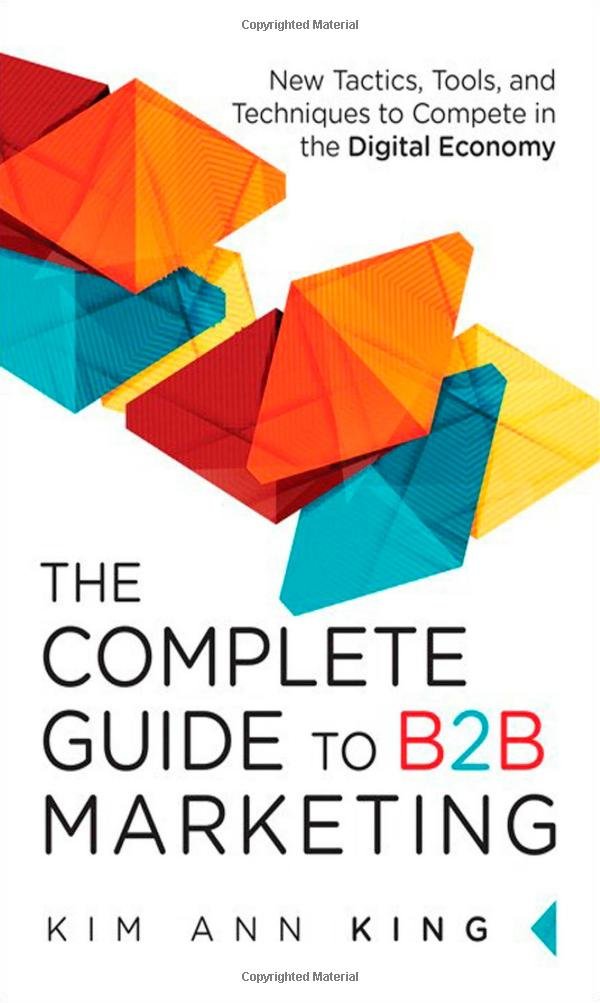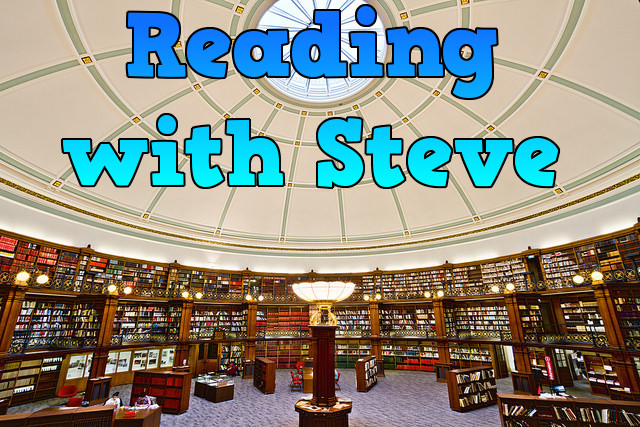In the first of an occasional series of book reports, I’d like to start with a modern bible of business marketing, Kim King’s awesome The Complete Guide to B2B Marketing: New Tactics, Tools, and Techniques to Compete in the Digital Economy.
Kim downloads her decades of experience into this excellent volume. It’s perfect for a beginning marketer or for anyone who wants a manual for the many aspects of B2B marketing in 2015, up to and including CMOs.
I found the book particularly helpful as a guide to the bits of the customer journey I’ve never participated in. For example, I’ve never run an outbound email program. As I read Kim’s pages on email marketing, I found myself thinking, “So this is how it’s done.” When I do find myself responsible for email I’ll come right back to this chapter. Kim is great at demystifying the processes of marketing and breaking them down into their component steps (without telling you basic things you don’t need to know – you are a professional, after all).
The book is organized around contemporary marketing tools and strategies. It gives you all you need to get started with important topics such as automation, personalization, and budgeting. With a judiciously curated set of references and recommended blogs, The Complete Guide also tells you where to go for more on each of these subjects.
My favorite single part was Chapter 7: Planning, in which Kim creates a step-by-step process for developing a marketing plan. I found myself taking notes and comparing her recommendation against what I’ve done in the past. I will definitely use this chapter as a starting point for any marketing plan I develop in the future.
As a “nuts and bolts” guide, this book has little to say on the topic of what makes great content. It dwells mostly on the whys and hows of content marketing. At the brief points where she discusses what effective content will contain, Kim does talk about consistency, call to action, and inspiration (excitement) – several key pillars of the MEDICAL method.
This is a volume heavy on bulleted lists and step-by-step instructions, and some chapters read entirely like a textbook. There aren’t many examples illustrating the subject matter. I would have loved more of Kim’s personality and experience interspersed in here, perhaps at least one example in each chapter that highlights the importance of what we are learning. “Show, don’t tell” is an important rule for making content that is memorable. More personal anecdotes or stories from the history of recent marketing fails and successes would improve the book.
Whether you are a marketing major or a major marketer, I strongly recommend you pick up The Complete Guide to B2B Marketing. It’s an invaluable resource, and my copy is going straight to my desk, no doubt destined to become highlighted, dog-eared, and tea-stained in the years to come.
PHOTO ATTRIBUTION
Liverpool Central Library Picton Reading Room by Michael D Beckwith modified using ![]() CC BY 2.0
CC BY 2.0


